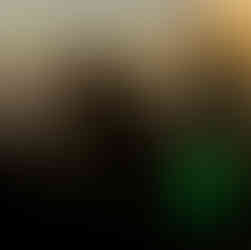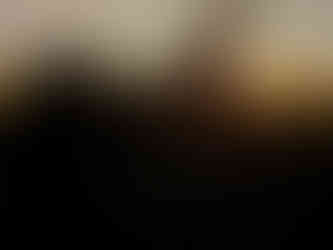Millions of Light Years Up, Metres in Front – Blackheath Observing, Sunday 28 September 2025
- Mike Meynell

- Sep 27
- 3 min read
It was one of those nights that will linger in the memory for a long time – not for flawless skies or perfect observing conditions, but because of how strange, beautiful, and downright atmospheric the evening turned out to be.
We gathered on Blackheath under a blanket of cloud, with hopes that the forecasted clearance would materialise. There was just enough of a break early on to catch a brief glimpse of the Moon, glowing low in the south-west before it was swallowed up by a tree and the advancing cloud. It would be the last we saw of it for a while.
Then, almost on cue, the skies began to open. The transformation was dramatic. Suddenly Saturn was dazzling in the east, its rings clearly defined, with Titan easily visible and Rhea slowly emerging into view as the planet climbed higher. Neptune, sitting very close to Saturn in the sky, was also an easy find in the same region. As always, though, it proved rather underwhelming – a small, pale blue dot with little obvious detail and no clearly resolved disc. But that very fact became part of the fun, and almost everyone who looked through a telescope wanted to see “the underwhelming Neptune” for themselves.

Seeing conditions overhead remained surprisingly steady, allowing us to enjoy decent visual views of deep-sky favourites like M15 and M2. But it was the SmartScopes that really came into their own, cutting through the urban skyglow to capture planetary nebulae such as M57 (the Ring Nebula) and M27 (the Dumbbell Nebula) with impressive clarity, along with larger showpieces like M31 (the Andromeda Galaxy) and the delicate Iris Nebula (NGC 7023).
A selection of images from various Smartscopes - by Richard Summerfield, Paul May and Mike Meynell
And then, just as everything seemed to be going our way, the first signs of trouble appeared. A thin, ghostly mist began to creep across the heath, hugging the ground and thickening as the temperature dropped. It wasn’t long before we were completely enveloped. Remarkably, the skies above remained crystal clear, with perfect seeing conditions for deep-sky observing – but around us, visibility fell to just a few metres. As Yvonne perfectly summed it up: “When you can see millions of light years upwards, and only a few metres in front.”
Clear skies above, thick mist below - a selection of images as the mist enveloped us. Pictures by Mike Meynell, Raymond Walsh, Alec Knox and Richard Summerfield
Even as the mist crept across the heath, nobody was in a hurry to leave. Around 50 visitors joined us, with 10 Flamsteed volunteers on hand, and telescopes continued tracking faint galaxies and nebulae deep into the evening. The mist – glowing in the streetlights and clinging to every surface – created an unusual, almost cinematic atmosphere and some striking photographs.
Eventually, though, the moisture won. By around 9.30pm, with equipment soaked and optics fogging over, we reluctantly began to pack up. It was frustrating to end the night with such excellent skies overhead, but it was still an evening that will be talked about for a while – not least for its surreal conditions and that now-famous “underwhelming Neptune”.
We’ll be back on the heath for our next observing session on 18 or 19 October. With any luck, the only thing hanging in the air that night will be a sky full of stars.

































































Comments